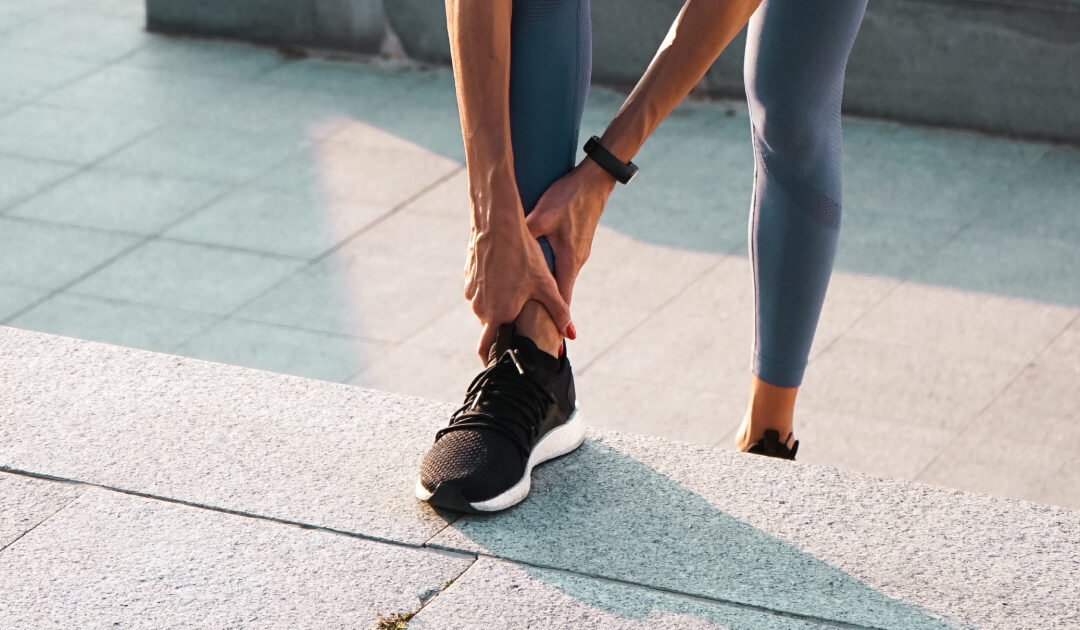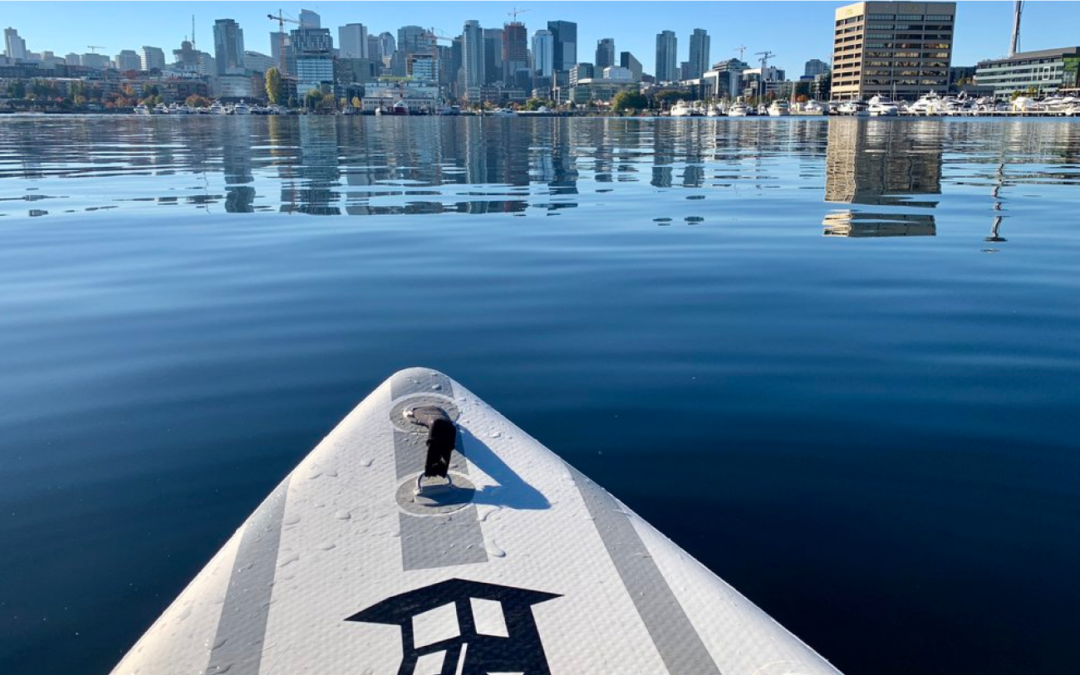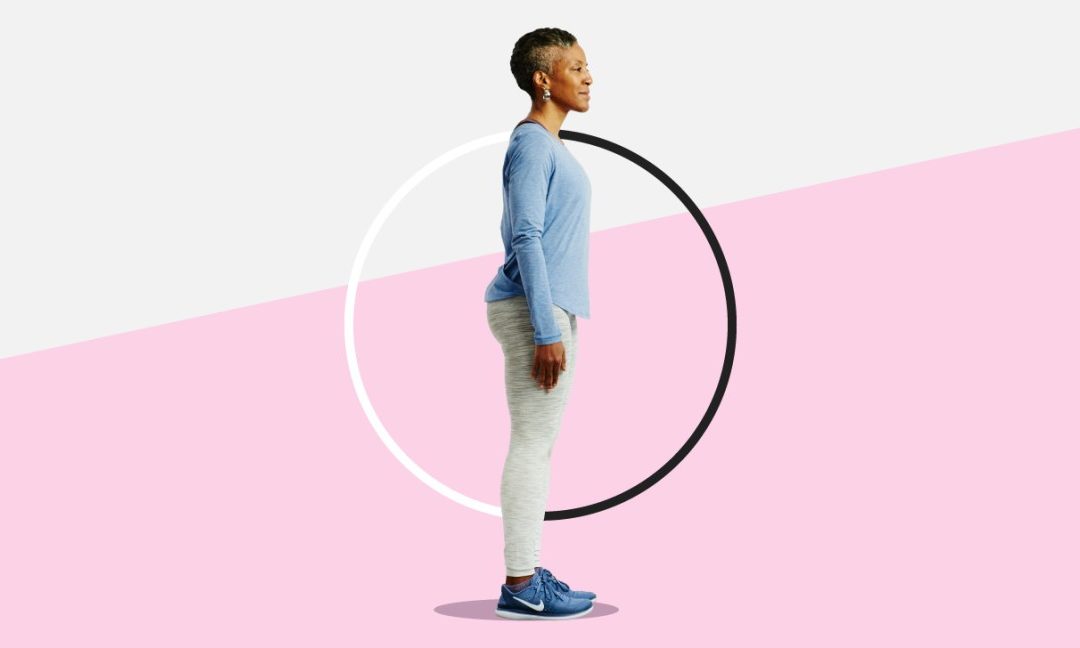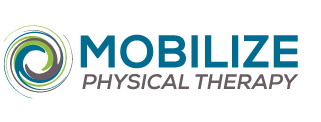
Sprained Ankle Recovery with Physical Therapy
Experiencing a sprained ankle can be pretty rough - it hurts, swells, and can seriously hamper your mobility. However, with the right approach and guidance from skilled physical therapists, you can bounce back from your injury faster than you might think. Ankle...

SUP Tips and Safety
The sun is shining and for many of us that means longer days to spend outside doing what we love. In Seattle we have many options for outdoor activities to stimulate out bodies and minds. One great summer activity that gets us out on the water and is fun, is stand up...

Posture Training Mis-cue
Many people often struggle with finding the right sitting or standing posture. Improper positioning can cause pain in their neck and back when sitting or standing for extended periods of time. There are many tricks or “body cues” we try as an attempt to make these...

Strong at Any Age
Our bodies go through many changes as we age and it is important to take care of ourselves to keep enjoying the activities we love. One of these changes is a decrease in our BONE DENSITY. Our bones become less thick and more fragile. If our bone density gets too low,...
Common Climbing Injuries and How To Prevent Them
Most climbing injuries are caused by overuse or overloading the tissue without appropriate counterbalance strength in the body. Most Common Injuries include: Belayers neck Rotator cuff strain Shoulder impingement Biceps tendinopathy Triceps tendinopathy Lateral...
Winter Sports and Strong Core
Winter is just around the corner and now is the time to prepare for the demands seasonal sports will expect of your body. Skiing downhill or cross country, snowboarding, snowshoeing, and ice skating are just a few winter sports that often require pre-training to...
Refueling After Workouts; Happy Body, Happy Brain
Working out and daily exercise does wonders for our body in staying healthy. Too often, we feel drained after workouts and struggle to perform the tasks required for our jobs or taking care of the family. How do you balance staying healthy with exercise and staying...
How Is Your Balance?
Balance is part of everything we do on a daily basis but it is so often over-looked. We become focused on becoming “bigger, stronger, faster” that we do not realize how much poor balance control can greatly affect our ability to perform better. In order to walk, run,...

